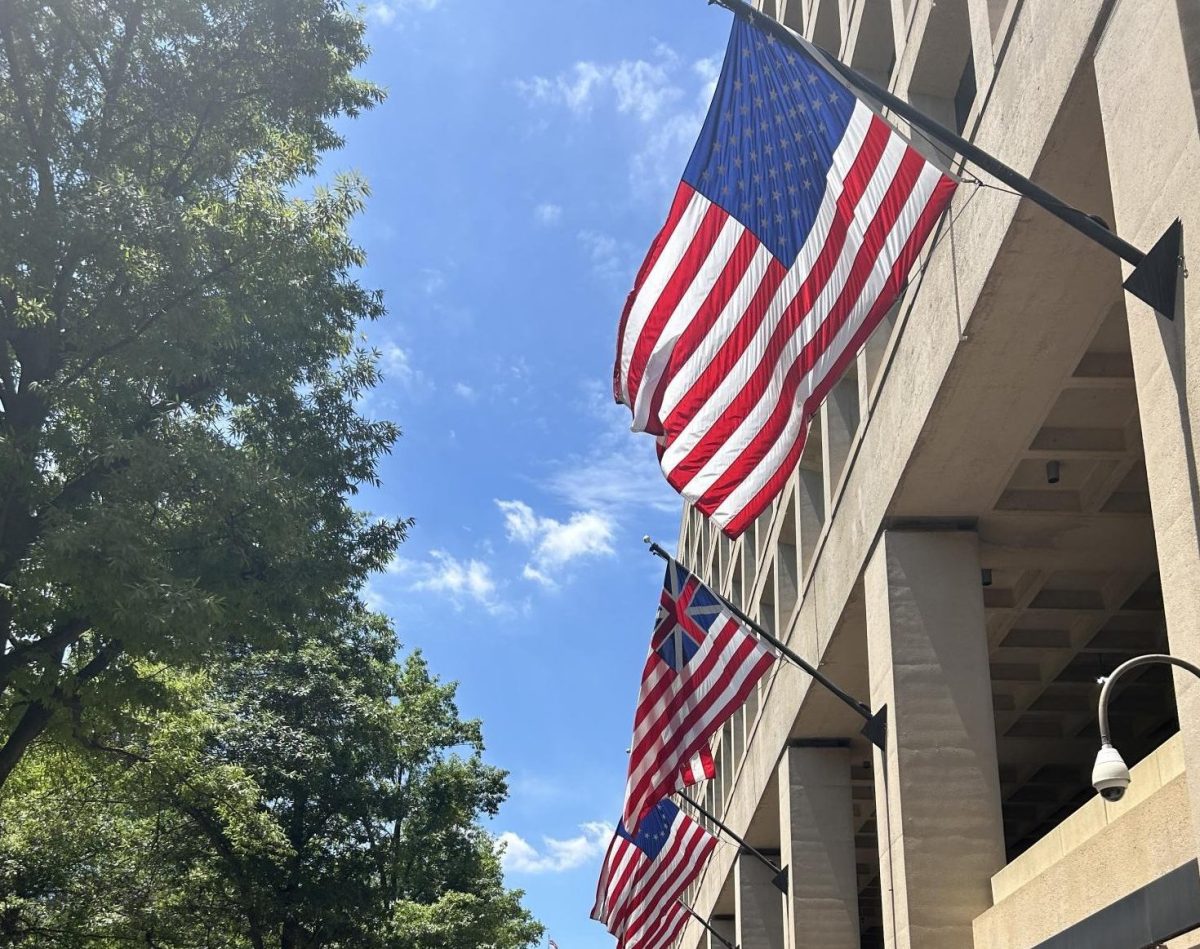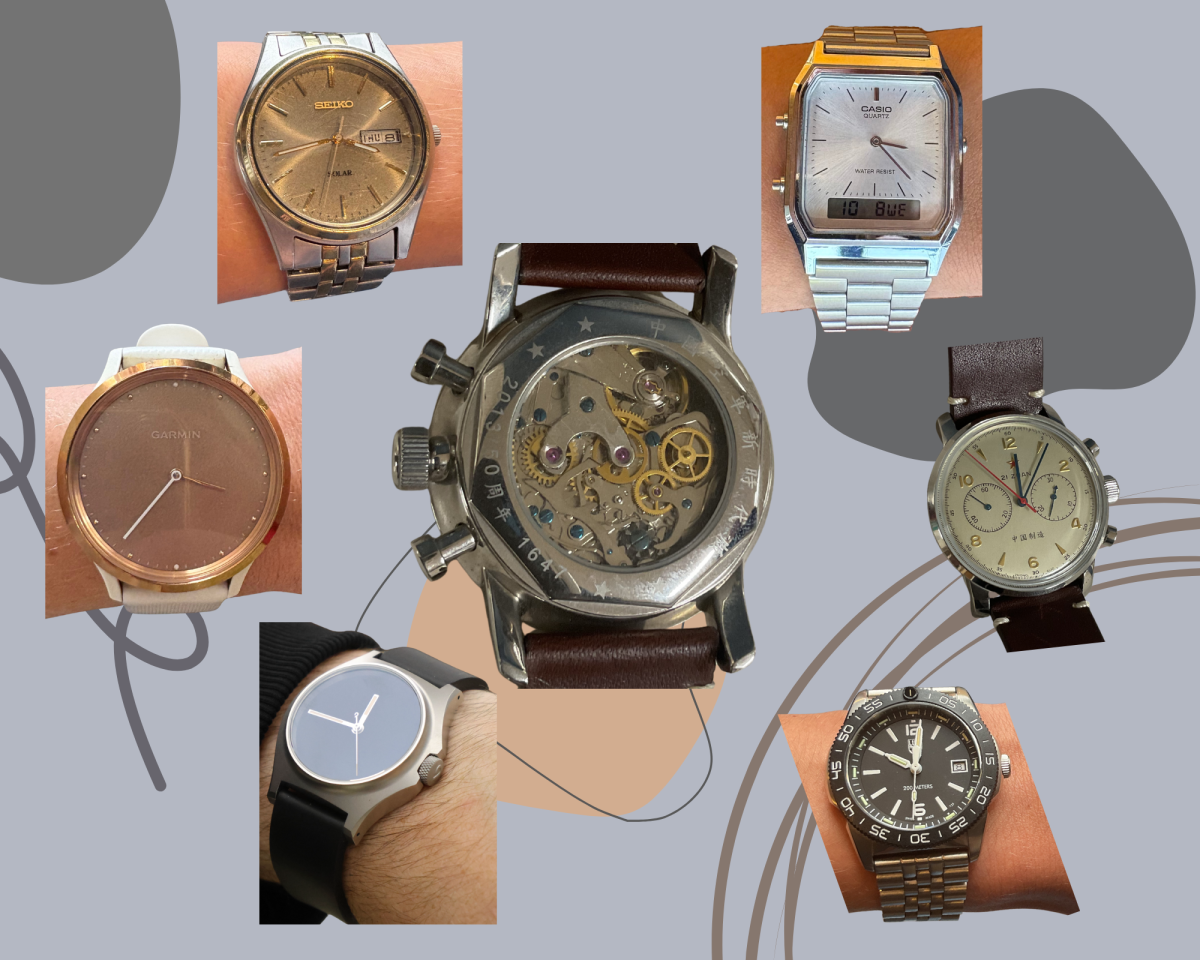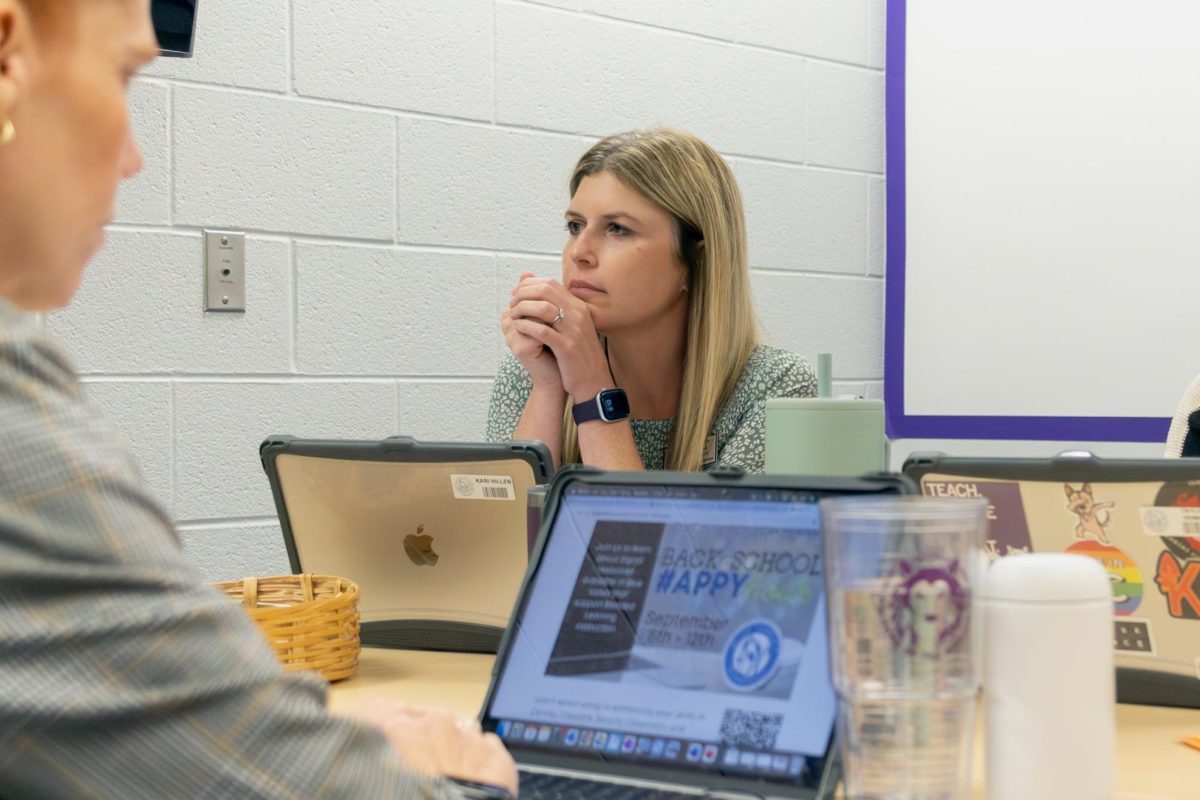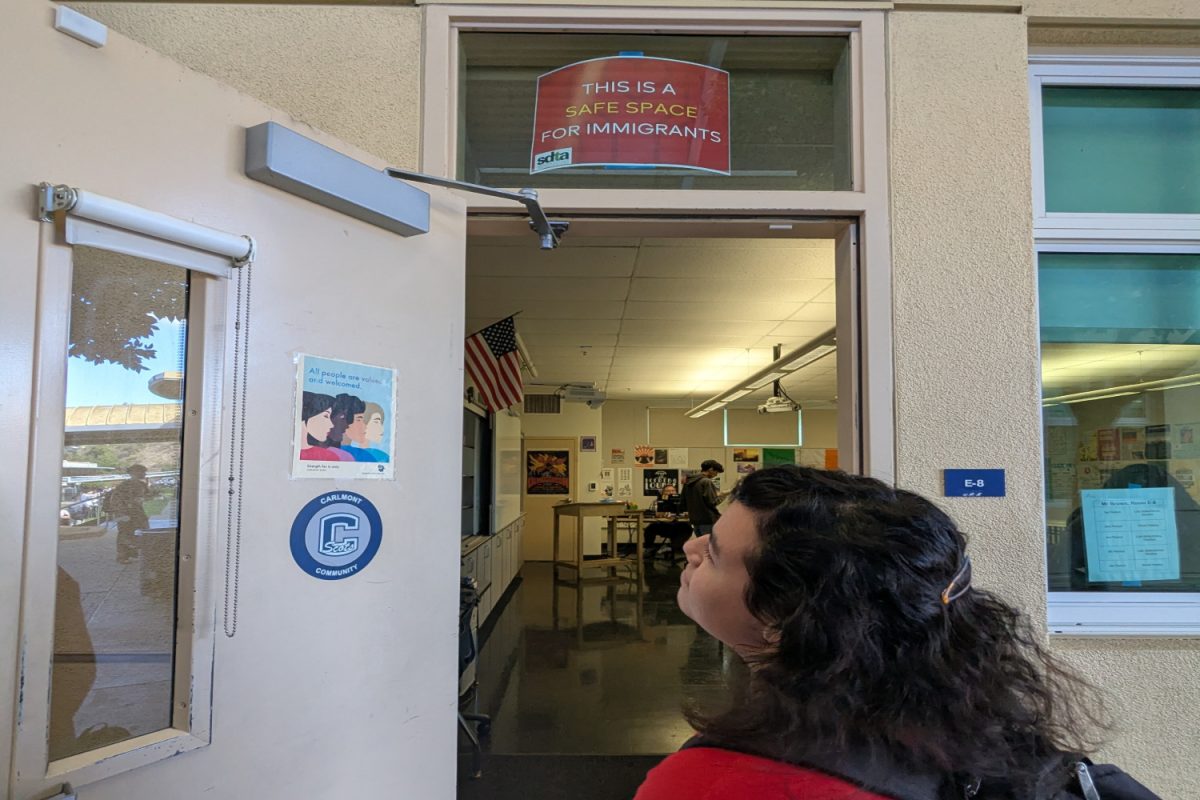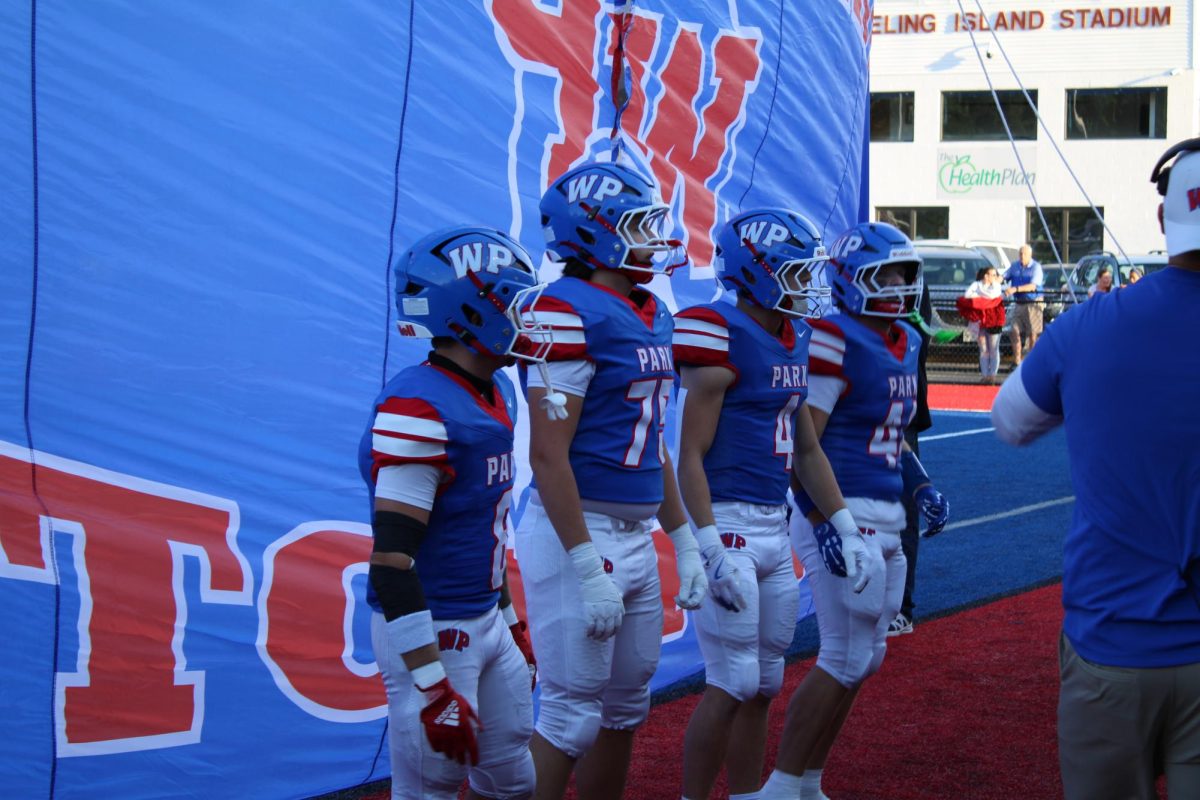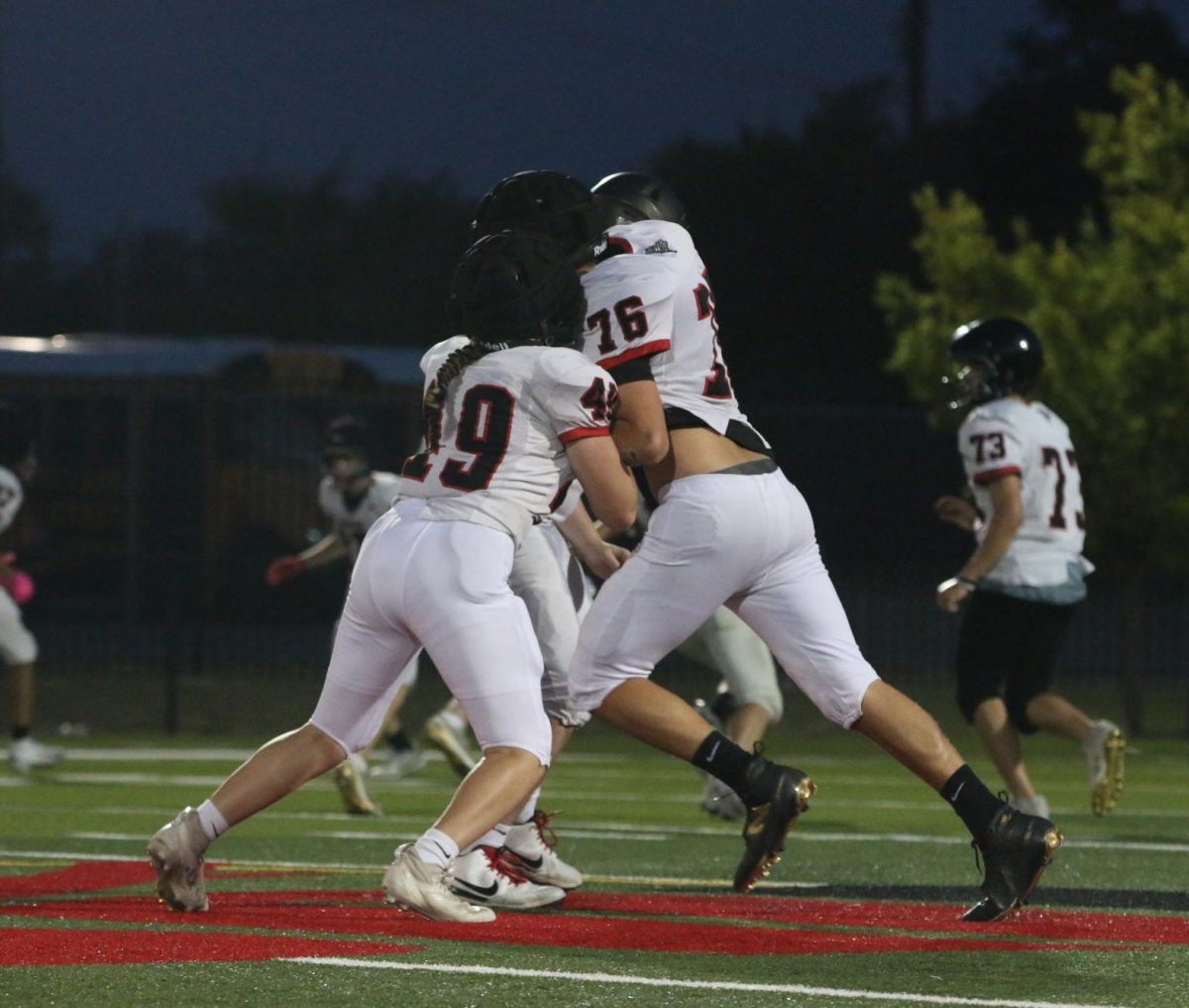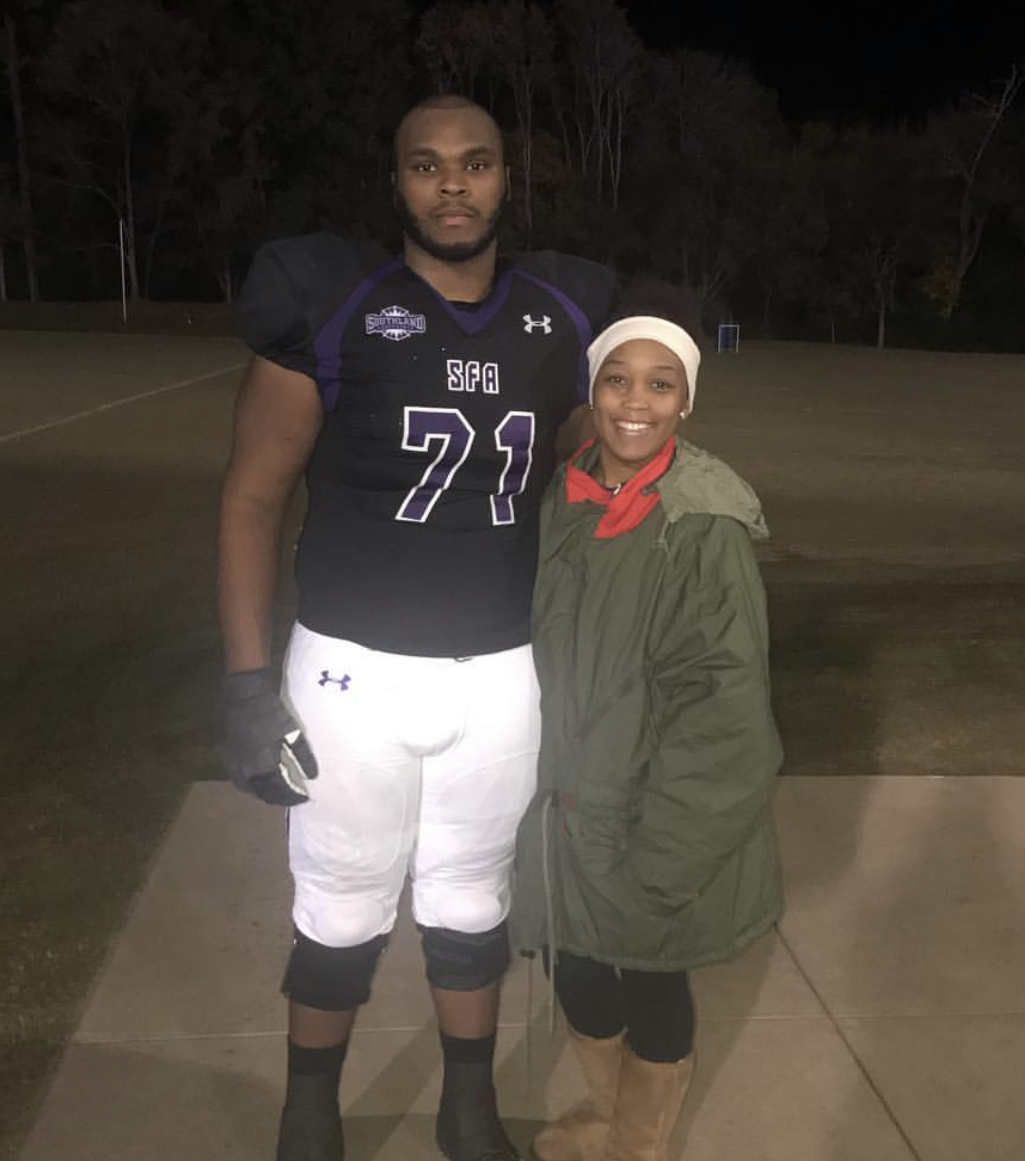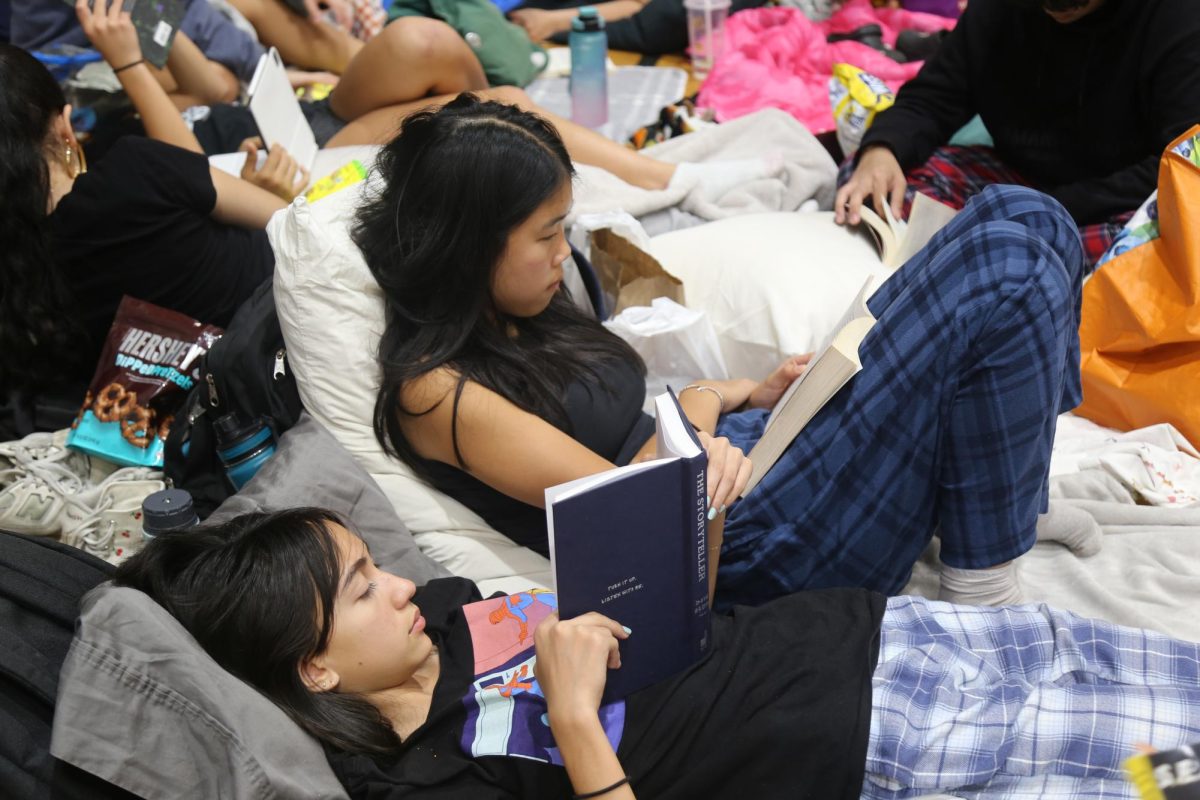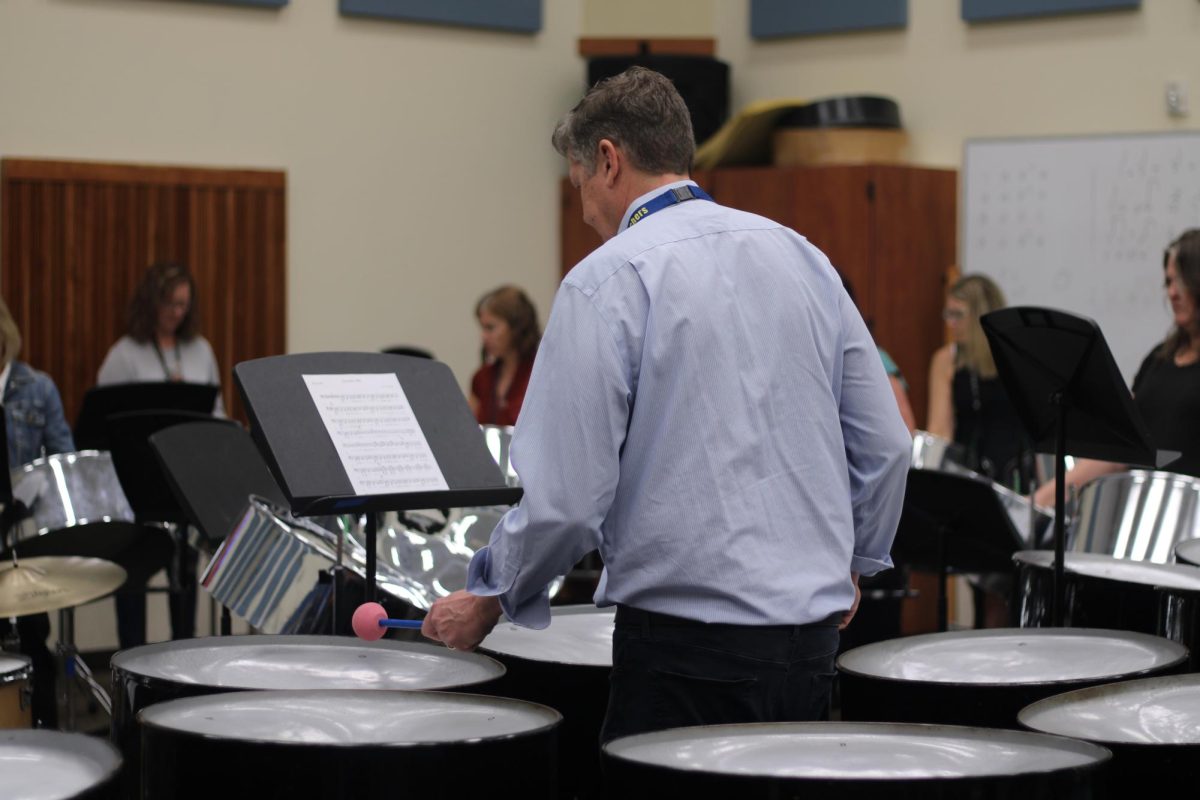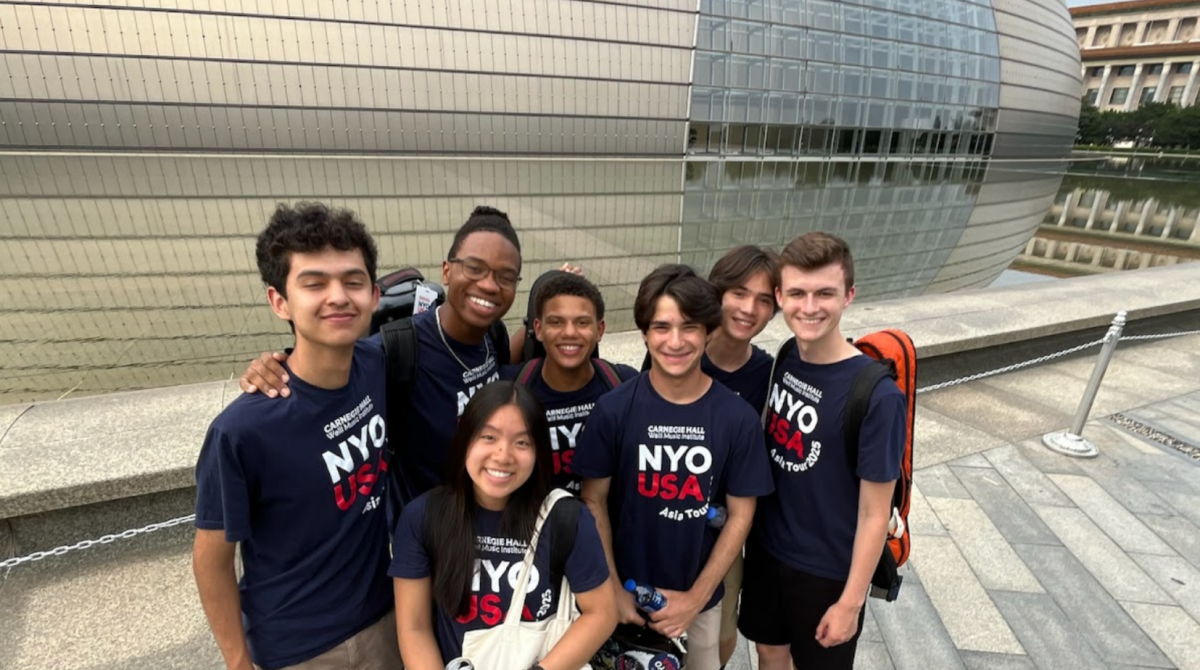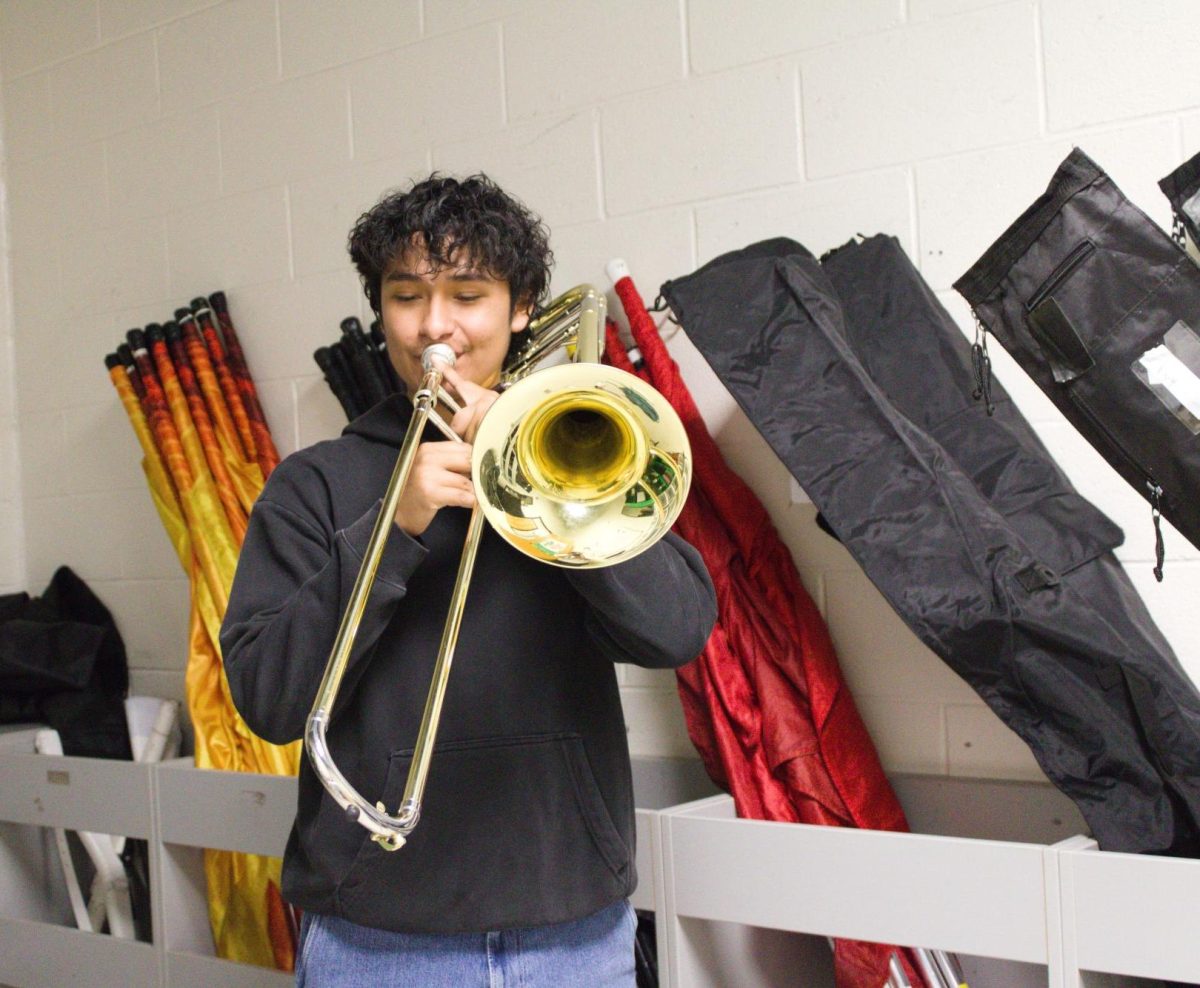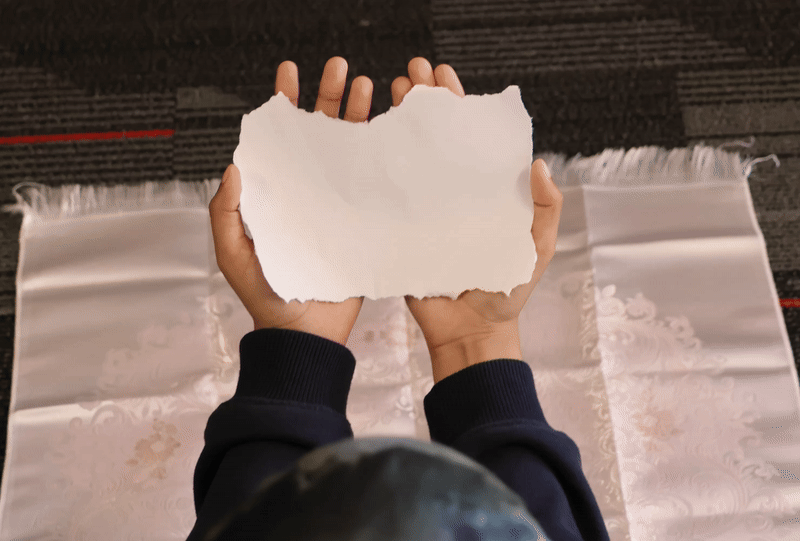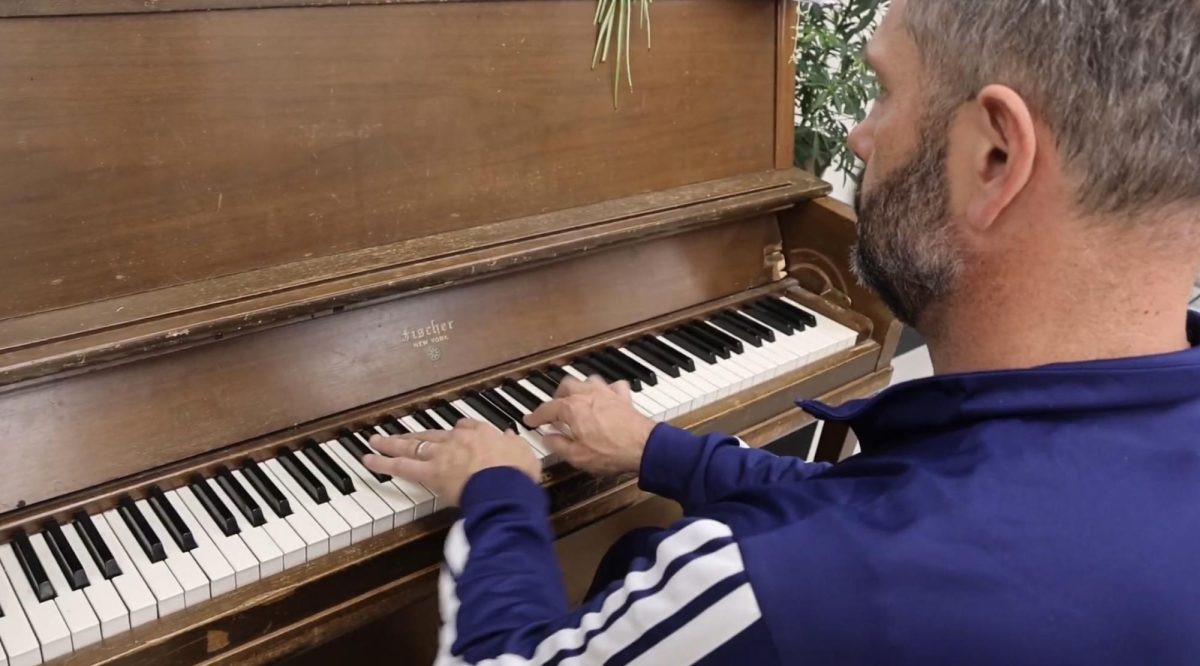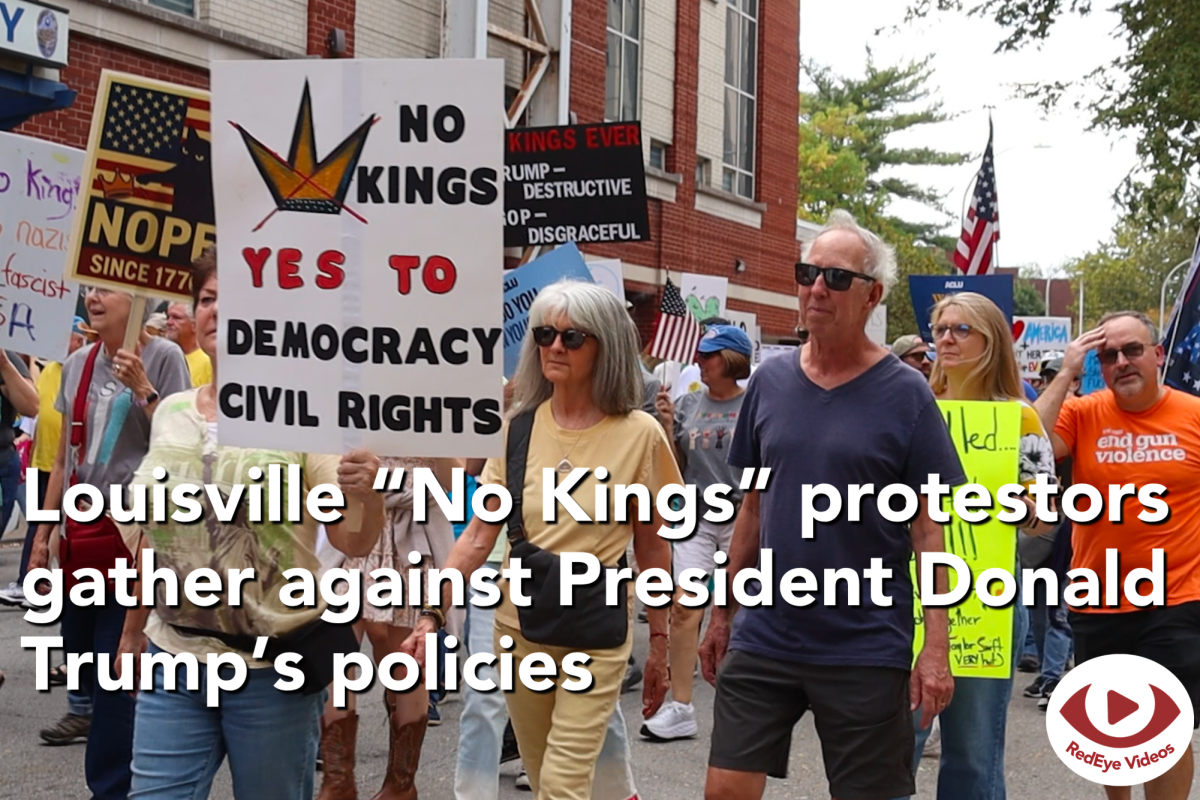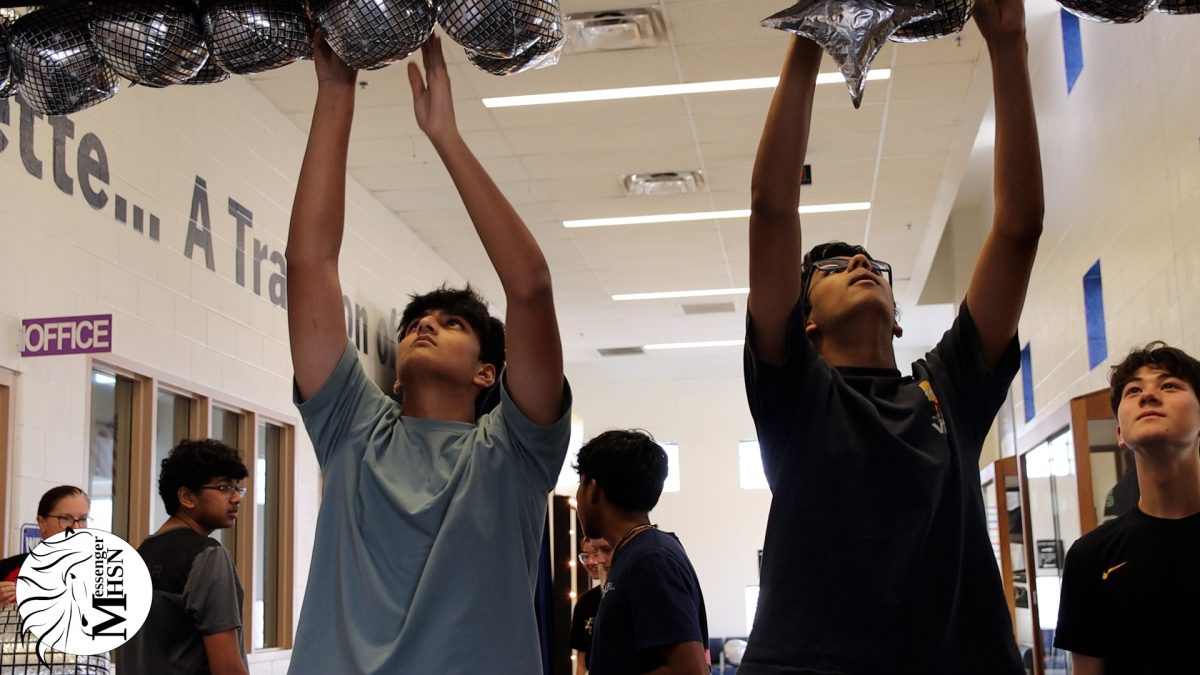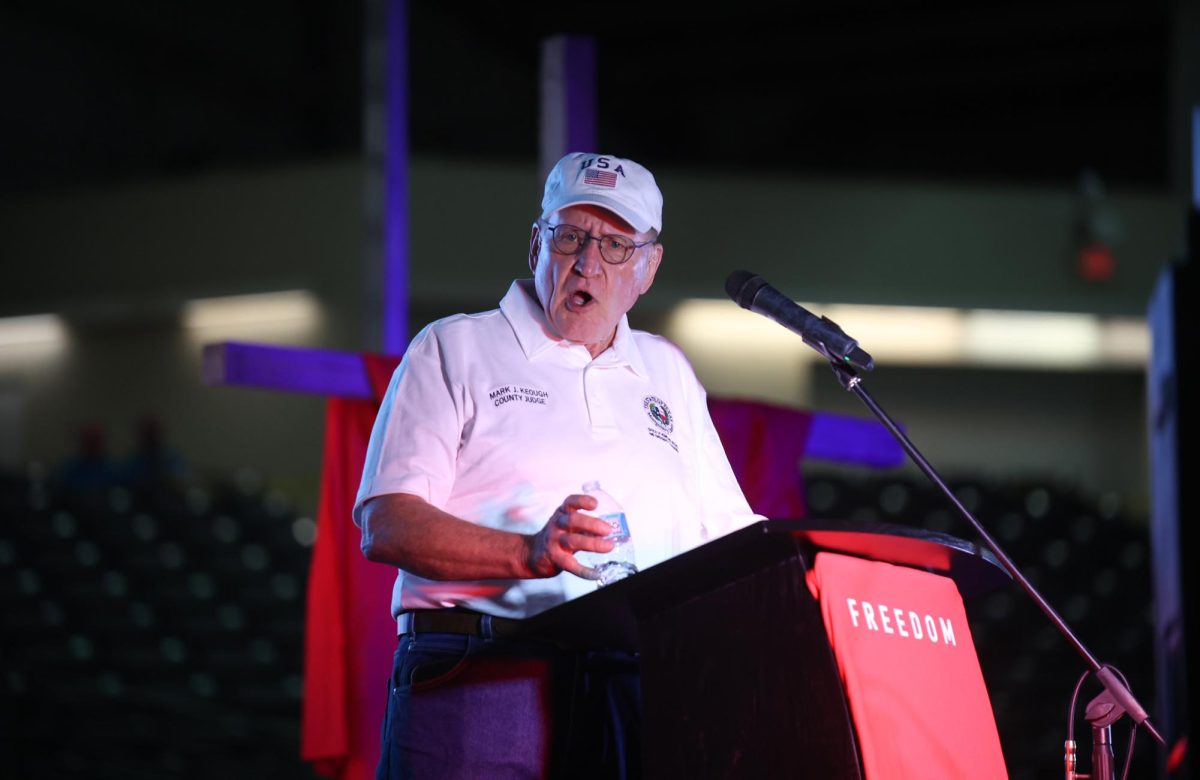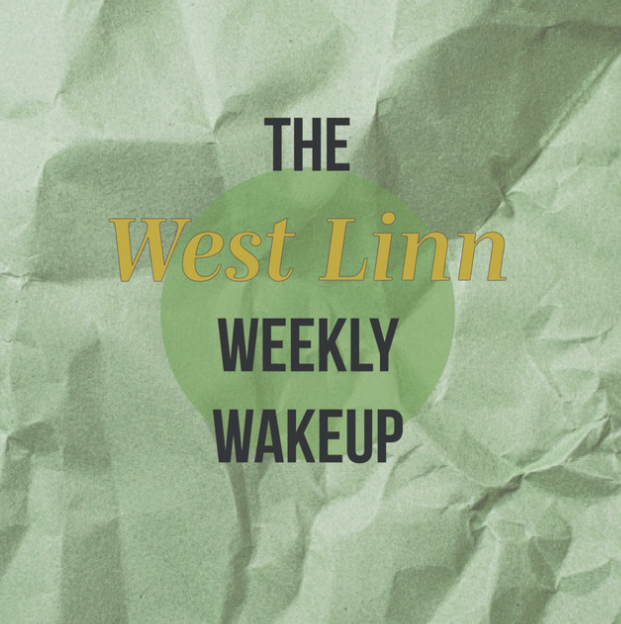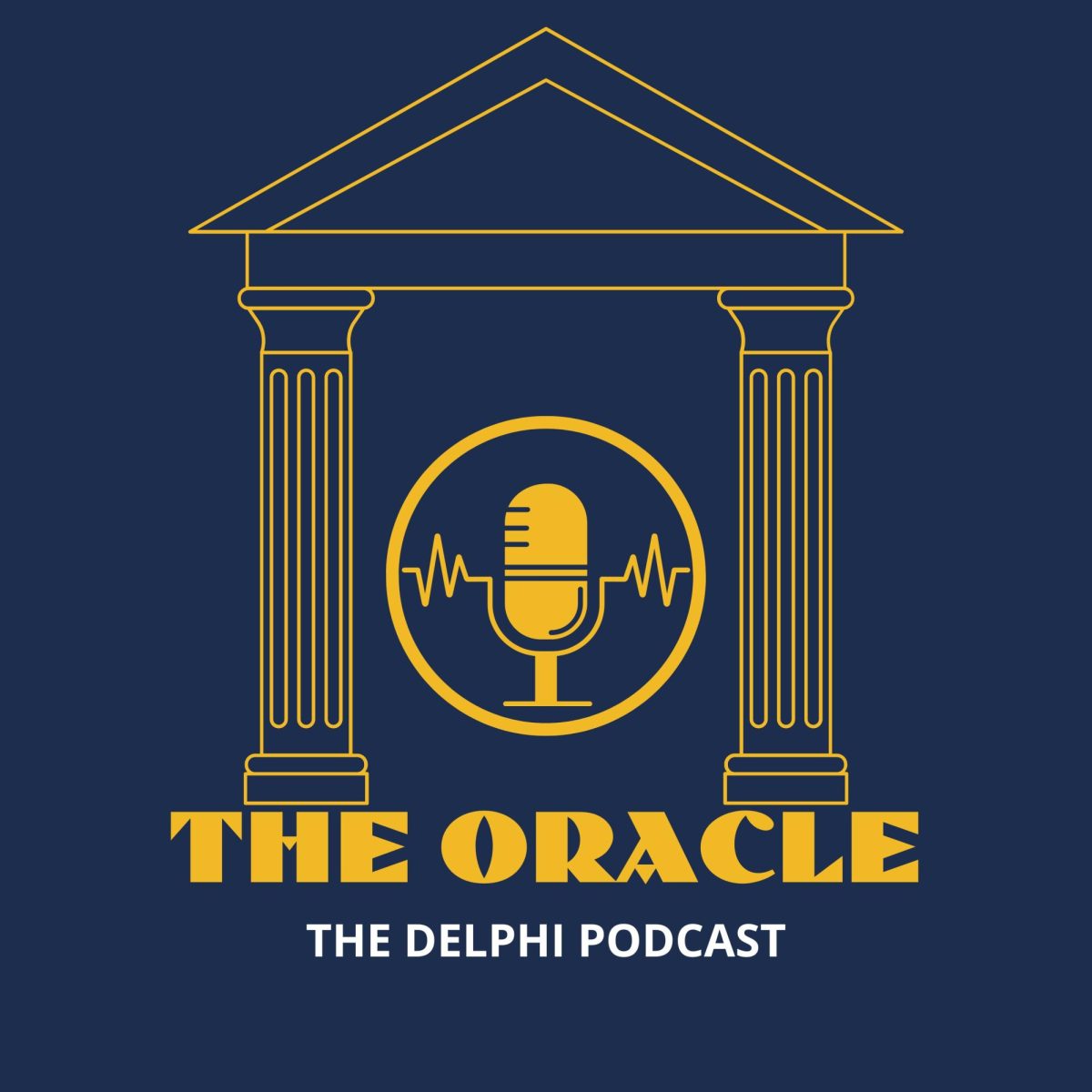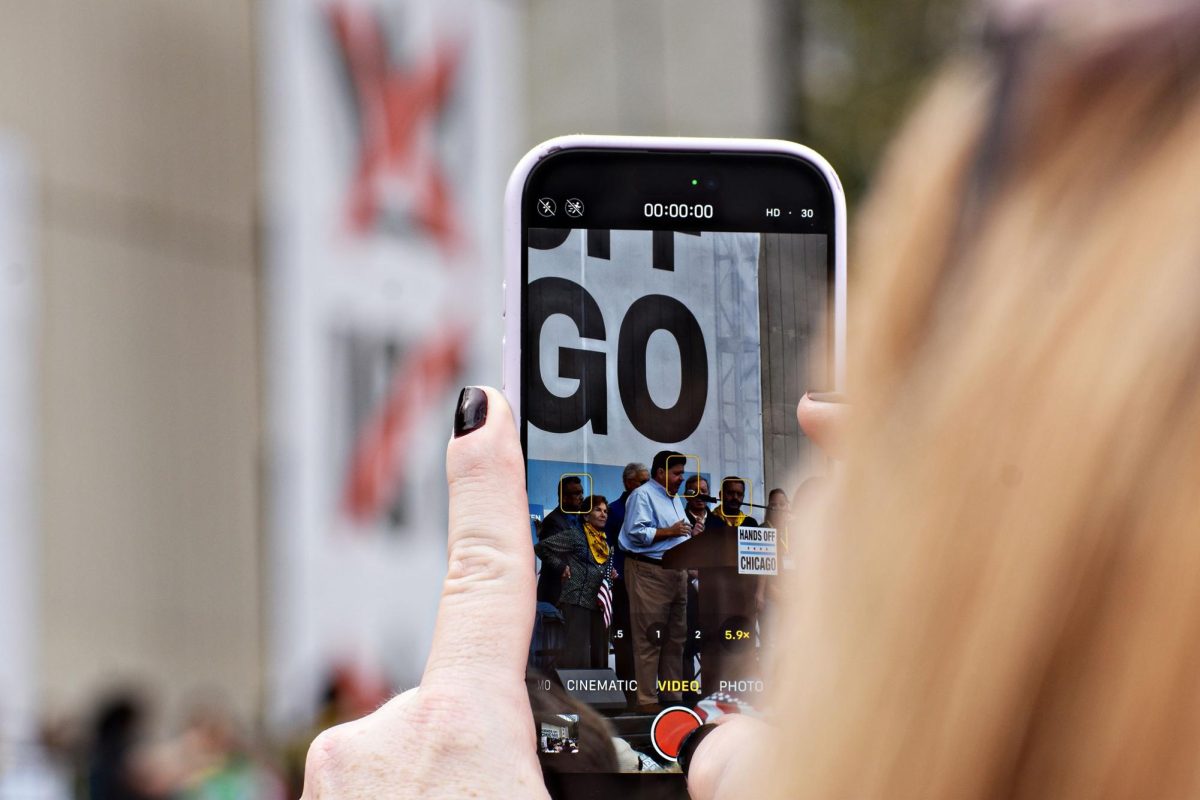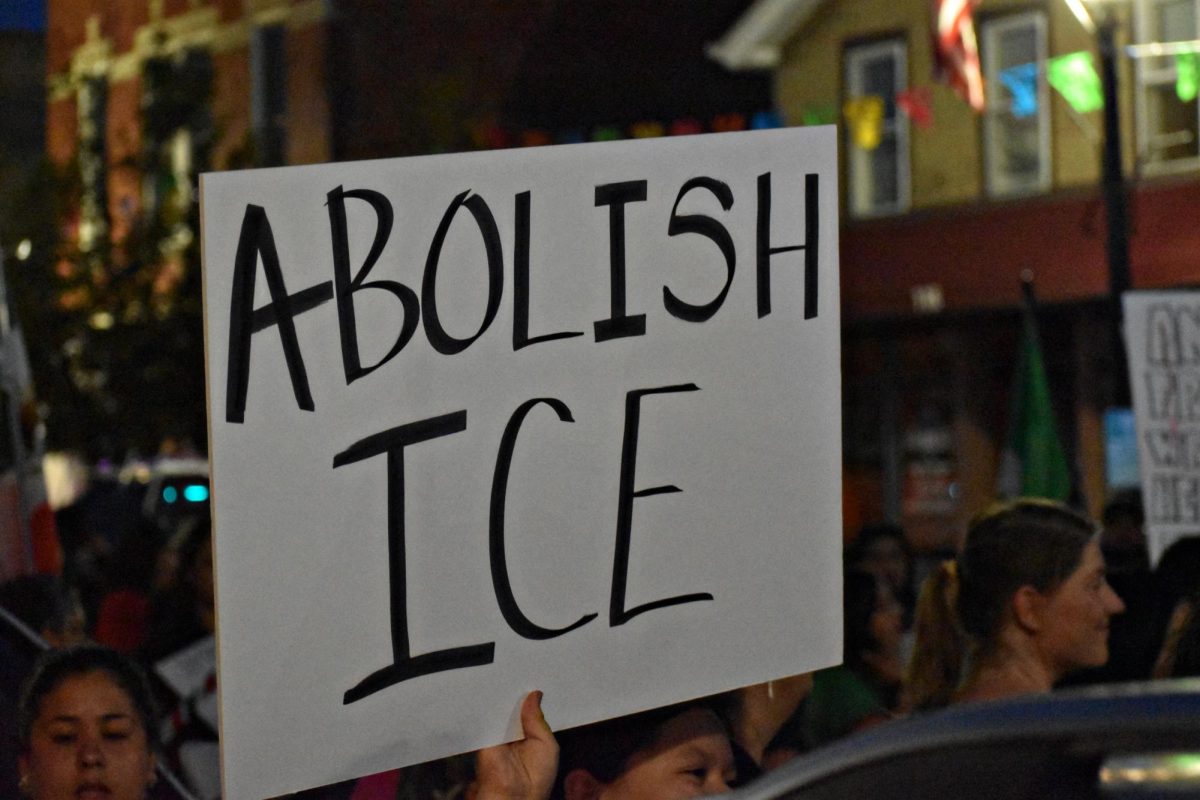“Moving forward, the White House Press Pool will be determined by the White House Press Team. Legacy outlets who have participated in the press pool for decades will still be allowed to join,” Karolina Leavitt, the Donald Trump administration press secretary, said in a press conference Feb. 25.
Trump’s first months in office have been busy and impressionable, with a full utilization of his Executive powers. Many of his controversial decisions have been challenged in court, including the removal of the Associated Press from the White House Press Pool.
Just 10 days before the press conference, an AP reporter was barred from entering the White House; the AP, an independent and non-profit global news organization, was removed from the rotation because it refused to print the “Gulf of America” after Trump’s Executive Order to rename the “Gulf of Mexico.” The AP journalists are still allowed to report on the White House, though they cannot access the Oval Office, Air Force One or be present during events, such as press conferences.
Although the AP is unable to comment further on this issue, journalists from other media outlets have expressed their concerns. Many American media outlets rely on the AP to receive information, photos and the AP format writing style. Former WSS Print Managing Editor and Co-Copy Editor Anjali Huynh ’19 is a journalist directly impacted by this media restriction. Huynh, who recently covered the 2024 campaign trails and breaking news with the New York Times, is now a political reporter for the Boston Globe. She believes that removing the AP sends an alarming message to the free press across America.
“The Associated Press is considered one of the highest standards for what independent journalism is supposed to look like,” Huynh said. “They had a guaranteed spot in the press pool that follows the president and were considered a very reliable source, especially for local news organizations. By restricting [the AP] because of their coverage, the White House made a decision that struck at the heart of an independent, free press to a lot of folks.”
Traditionally, the White House Press Pool is determined by the White House Correspondents Association. For the media to maintain independent coverage, WHCA determines which outlets are allowed to follow the President in rotation; the outlets in the pool assignments also have the responsibility to share their reports with other organizations across the country.
“The White House made an unprecedented move by basically saying ‘We’re going to decide who gets to be a part of that pool, the press pool is no longer determined by an independent association in the WHCA, and we’re going to choose who gets access,’” Huynh said. “This change has been very alarming to many political journalists, especially when one of the core principles of American democracy is freedom of the press.”
Censoring who gets to cover the White House impacts what is published about the White House, leading to more bias in the supposedly independent media. These floating concerns directly impact American consumers’ trust in the media, as polarizing ideologies continue to separate the nation. According to the Pew Research Center, partisan animosity has increased substantially over the last two decades.
In each party, the proportion with a highly negative view of the opposing party has more than doubled since 1994. Dr. Brett Johnson ’02, a professor at the University of Iowa focusing on media law, ethics and sociology, believes the Administration’s decision will only increase this divide.
“We’ve come to a time where there’s been a huge erosion of trust in news media. Part of that is because the media has become more politicized,” Johnson said. “Let’s be critical. Let’s hold the powerful to account. Let’s comfort the afflicted and afflict the comfortable. But all too often, that can be framed in a really partisan way, like, ‘If you’re not with us, you’re against us. If you’re challenging anything that this administration says, you’re fake news.’”
Similarly, Huynh witnesses this increase in people’s caution with the media. As party animosity grows, misconceptions about journalists arise, and the challenge of gaining trust becomes more difficult.
“It’s hard for a lot of people to understand what reporters do on a day-to-day basis, and on top of people not knowing what we do every day, some [people] don’t think journalists have the right intentions,” Huynh said. “I’ve gone up to someone to say, ‘Hey, I’m a reporter with so and so.’ And their immediate response is, ‘I don’t want to talk to you,’ or ‘I don’t trust that you’re going to report what I’m saying fairly.’”
As a reporter, Huynh understands that people have their reservations and works towards building relationships with her sources. She also believes that if Trump continues to attack outlets, the people and pillars of news media will continue to crumble.
“I found that explaining [my work to] people, having those conversations and humanizing myself has helped,” Huynh said. “But I’m concerned, on a broader scale, that mistrust of the media could exacerbate even further under the second Trump administration.”
Despite a separation between the people in political ideology, both liberal and conservative-leaning media outlets have come together in protest for the AP. Coordinated by WHCA, The Cable News Network, Fox News, The Washington Post, Newsmax and dozens of other outlets wrote to the White House urging them to reinstate AP’s access to the White House. In the letter, these outlets addressed the administration’s decision as “a serious breach of the First Amendment’s constitutional protection.”
“[Despite different views, these outlets] still see themselves as journalists, and they still see themselves as one big tent; an injury to one is an injury to them all,” Johnson said. “[Newsmax and Fox News] are looking into the long term. What if, in four years, a Democrat is in the White House? They want to have a seat at the table always and forever; to make sure that they can maintain their position, they’ll go to bat for the AP.”
After 44 days of being barred, the AP sued White House officials again for violating the First Amendment’s freedom of the press. The Trump Administration argued that coverage privilege should be invitation only, as the events are funded by tax dollars. The federal judge initially declined to reinstate the AP after their first challenge Feb. 21, but warned the Administration of future legal complications. After a full day of hearings March 27, the district judge had not come out with a decision to overturn the ban. To interpret the Constitution, the judge may use the Appellate Court case Sherrill v. Knight 1977 as the precedent.
“[Sherrill v. Knight established that] you can’t deny someone access to the White House press room just because you don’t like their coverage. The only reason the court said you could deny someone is if they posed a safety risk to the president, staff or president’s family,” Johnson said.
While this case is still under review, Huynh urges students to consume local and national politics. Whether through newspapers or social media, efforts to consume a diverse range of media while consistently fact-checking will protect democracy and the future of journalism.
“It’s important to understand why the current administration is making these [policy] changes, and how it’s affecting you, your local communities and what’s going on in the world around you,” Huynh said. “It’s especially important, in this media environment, to make sure that the information you’re getting is coming from reliable sources, [even if] these sources might be targeted by the President right now.”
On April 8, U.S. District Judge Trevor N. McFadden ruled that the government cannot bar journalists from the White House on the First Amendement. Ap News is reinstated back into the White House; however, it is unclear when the ruling will go into effect.
This story was originally published on West Side Story on April 17, 2025.


